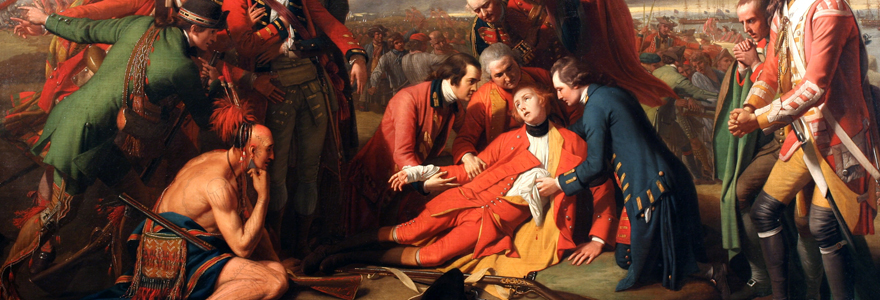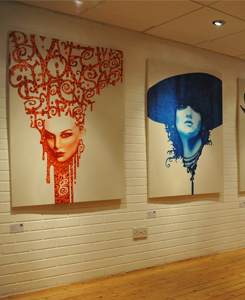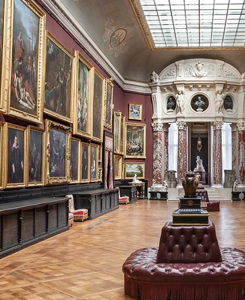In France, the monuments of painting during the Middle Ages are rare, although this art was cultivated of all time. Without speaking here of painting on glass, enamel painting and miniature manuscripts, it is certain that most of the early churches were decorated with frescoes or tempera paints.
King Childebert, they say, made paintings cover the walls of the church of Saint-Germain des Prés; the Chapter of Charlemagne recommend works like this, and the Black Ermold has preserved details of the paintings were made of his time in the church Ingelheim: singular, these paintings have been reproduced almost all the mosaic Montreal walls of the Cathedral in Sicily. We could not find some primitive monuments of French painting in ridding them of layers of plaster, mortar or whitewash which had covered them at a later time. Niki de Saint Phalle is one of the most popular artist of the 20th century. Read more about Niki de Saint Phalle's work in niki-de-saint-phalle.info/.
The Renaissance
In the beginning of the sixteenth century, during the Renaissance arts, glass painting and miniature threw brightly, but the monumental painting and painting pictures were not taking flight, and, except for Jean Perréal says John of Paris, which was a result of Louis XII 1509 campaign to retrace the events with the brush, can be mentioned as portraitists Guéty, Corneille de Lyon, Foulon, and especially Janet (Clouet), whose Louvre conserves some portraits, and Dumonstier, pastels author kept in large numbers at the Sainte-Geneviève library.
The seventeenth century
During the minority of Louis XIII, Marie de Medici, wishing to decorate the great gallery of the Luxembourg Palace, asked drawings a Picard artist Quentin Varin; sketches were presented and accepted, but the author thought to be compromised in the disgrace of the Marshal anchor and disappeared: it was the Flemish Rubens who painted the gallery, and his paintings are now in the Louvre. Another Flemish Porbus, came at the same time to settle in Paris. A truly French school was opened in 1630 by Simon Vouet, which was formed from the Guide and Paolo Veronese. Then came Philippe de Champagne, which is especially admire portraits and religious paintings; Nicolas Poussin, France wants to oppose the greatest painters of Italy; Jelly Claude (Lorrain) landscape without rival; Eustache Le Sueur, author of a series of pictures of Saint Bruno of life; finally, to a lesser degree, Blanchard, Stella, Dufresnoy, Sébastien Bourdon, and Jacques Courtois (Burgundian) battle painter.
The nineteenth century
Under the Restoration, Bertin, a pupil of Valenciennes, began a school known as the historic landscape, illustrated by him after Michallon, Remond, Cogniet. Prud'hon, Carle Vernet and Léopold Robert, by deviating from the principles of David, made beautiful paintings. Gericault is more separated from the classical school, the opponents found leaders in Delaroche, Horace Vernet, Delacroix, Decamps, Scheffer and formed the so-called romantic school. At this school essentially colorist Ingres, a student of David, has opposed a tougher school, which sought above all the purity of the design.


